



Kilometer Ethernet Chip
Gigabit Ethernet chips are critical components that enable high-speed Ethernet communication and are widely used in industrial automation, data communications, security monitoring, smart home systems, servers, and edge computing devices. Compared to traditional 10/100 Mbps Ethernet chips, Gigabit Ethernet chips offer significantly higher data transmission capacity, better network throughput, and lower latency. These advantages make them the ideal solution for modern scenarios that demand high bandwidth. This article provides a comprehensive overview of the technical features, mainstream products, application areas, and selection considerations for Gigabit Ethernet chips.
1. Overview of Gigabit Ethernet Chips
Gigabit Ethernet chips typically consist of PHY chips (Physical Layer Transceivers) and MAC controllers (Media Access Control). Some products also integrate switching functions or a built-in TCP/IP protocol stack. These chips comply with the IEEE 802.3ab standard and support the 1000BASE-T protocol, allowing data transmission up to 1 Gbps over standard Cat5 or Cat6 cables. They are ideal for high-throughput and large data volume scenarios.
2. Technical Features of Gigabit Ethernet Chips
- High-Speed Data Transmission: Achieves 1 Gbps full-duplex communication, meeting bandwidth demands in video streaming, cloud computing, and edge analysis.
- Low-Latency Communication: Excellent transmit/receive scheduling mechanism, suitable for real-time applications such as industrial control or financial terminals.
- Multiple Interface Support: Supports GMII, RGMII, SGMII, and SerDes, allowing compatibility with various SoCs and FPGAs.
- Auto-Negotiation: Capable of auto-negotiating 10/100/1000 Mbps speeds, ensuring backward compatibility with legacy networks.
- Energy Efficiency: Some chips support Energy Efficient Ethernet (EEE), dynamically reducing power consumption when the network is idle.
- High Reliability: Features enhanced protection against ESD, electromagnetic interference, link monitoring, and cable diagnostics.
3. Recommended Gigabit Ethernet Chips
- Marvell 88E1512
- Interface: RGMII/SGMII
- Features: High stability, widely used in network switches and industrial gateways.
- Realtek RTL8211E
- Interface: RGMII
- Features: Low cost, compact size, rich development documentation, suitable for consumer electronics.
- Broadcom BCM54612E
- Interface: GMII/RGMII
- Features: Supports industrial-grade temperatures, ideal for automotive and industrial automation.
- TI DP83867IR
- Interface: RGMII
- Features: Industrial-grade PHY, supports long-distance transmission and high noise immunity.
- Microchip KSZ9031RNX
- Interface: RGMII
- Features: Low-power design with EEE support, widely used in embedded and IoT applications.
4. Application Fields
- Industrial Control Systems: High-speed communication between PLCs for real-time data synchronization.
- Smart Surveillance and Security: High-bandwidth support ensures clear and stable video transmission.
- Routers and Switches: Provides high-performance link-layer transmission for network devices.
- Embedded Edge Devices: Used in AI edge computing and smart grid equipment for data reporting.
- Cloud Servers and Data Centers: Serves as a core connection component for handling large-scale data exchange.
5. Selection Guidelines
- Interface Compatibility: Choose a PHY or MAC interface that matches the SoC’s supported interface (e.g., RGMII, SGMII).
- Temperature and Environment: For industrial use, select chips rated for -40°C to +85°C to ensure reliable operation.
- Power Consumption: For mobile or battery-powered devices, consider low-power chips with EEE support.
- Network Feature Support: Check for features such as EEE, auto-negotiation, link status monitoring, and remote loopback.
- Cost and Package Size: For cost-sensitive or space-constrained applications, packaging and total cost must be considered.
6. Conclusion
Gigabit Ethernet chips have become foundational components in modern high-speed network systems. Whether building high-bandwidth LANs or aggregating and transmitting data from IoT edge nodes, Gigabit Ethernet solutions offer fast, reliable, and scalable communication capabilities. As Industrial Internet, AIoT, and cloud technologies evolve, Gigabit and higher-speed Ethernet chips will play increasingly critical roles in smart devices. Choosing the right chip improves not only system efficiency but also overall product competitiveness.

Please contact us if the source is mislabeled or violates your legal rights.
We will promptly correct and delete, thank you.

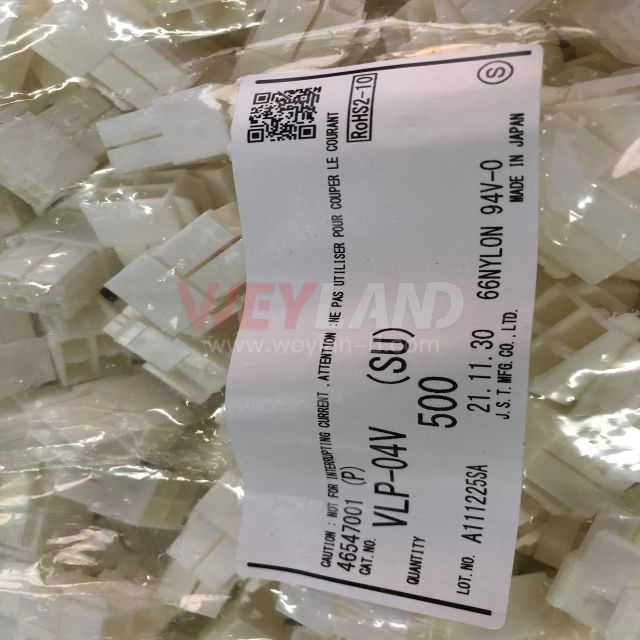

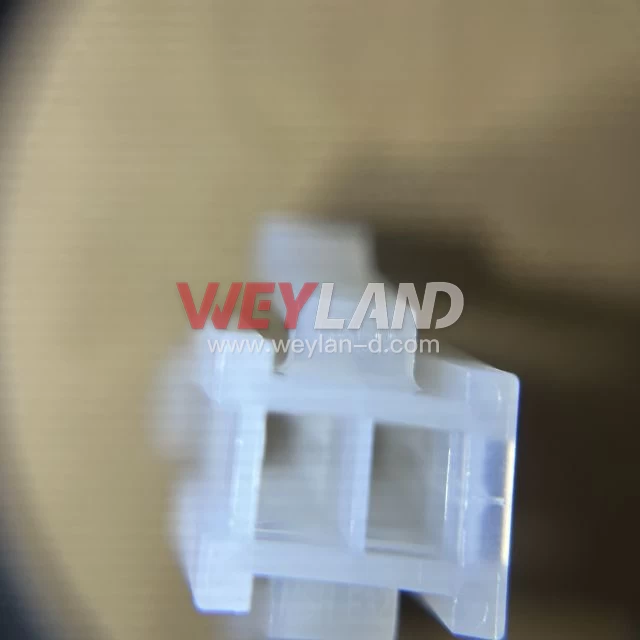
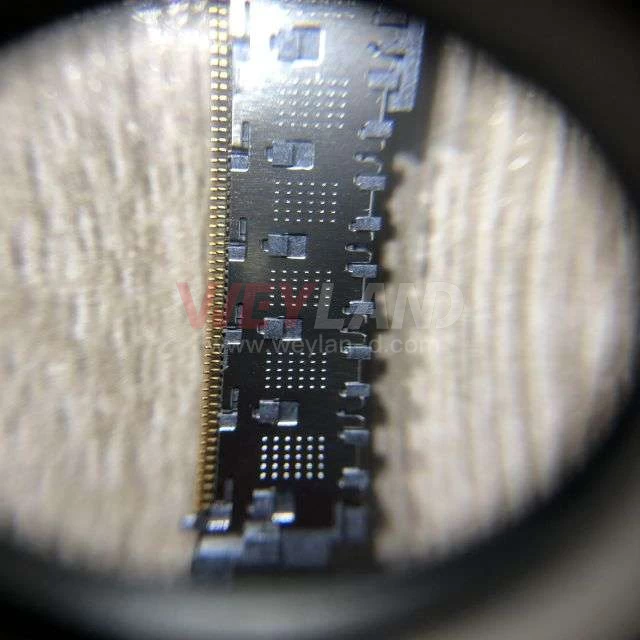

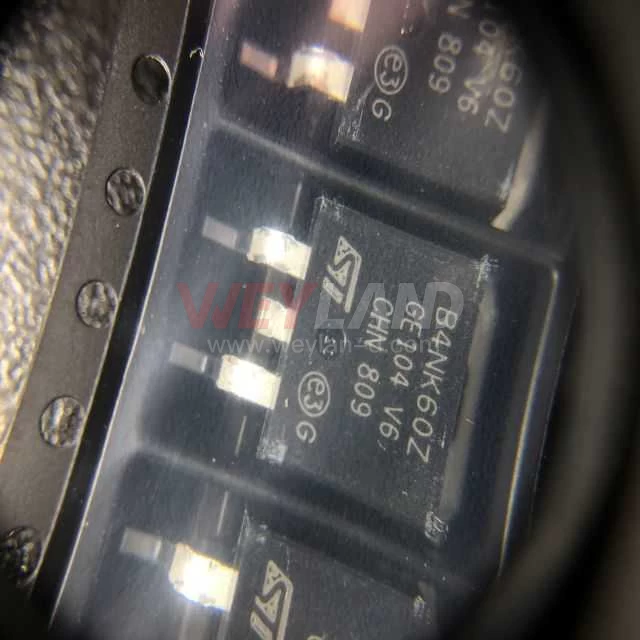

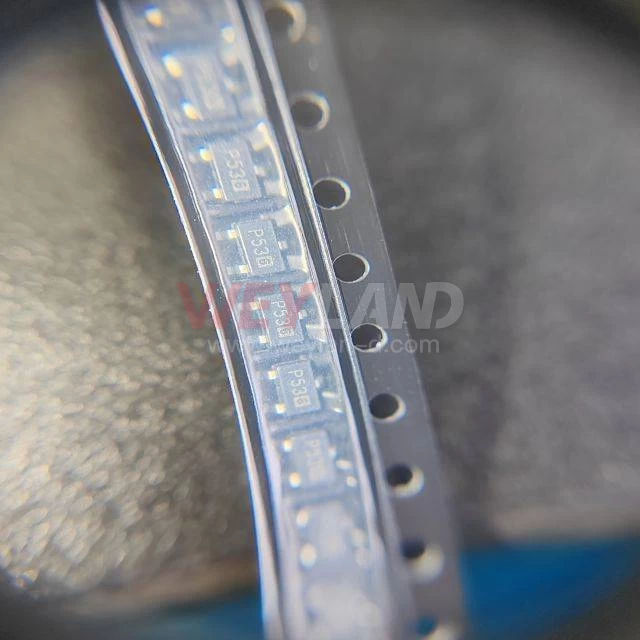
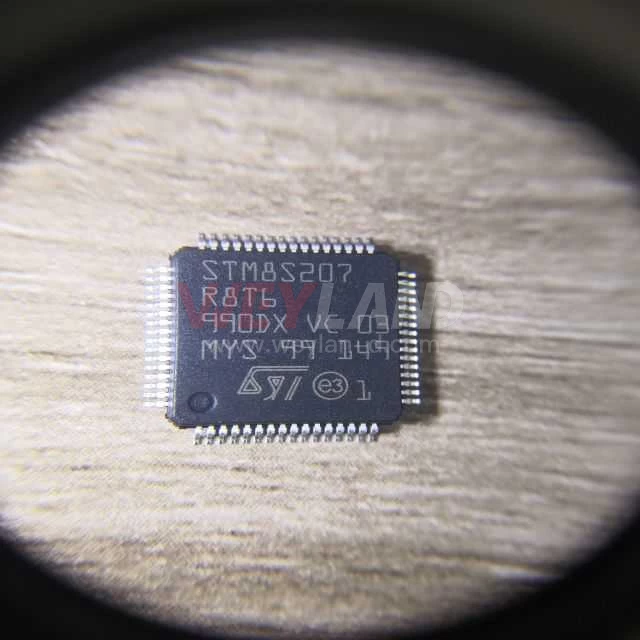
.9246509.png)












[email protected]
7500A BEACH ROAD #04-307 THE PLAZA SINGAPORE (199591)
RM 705.7/F.FA YUEN COMM BLDGNO.75-77.FA YUEN STREET.MONGKOK.KLN.HONG KONG
